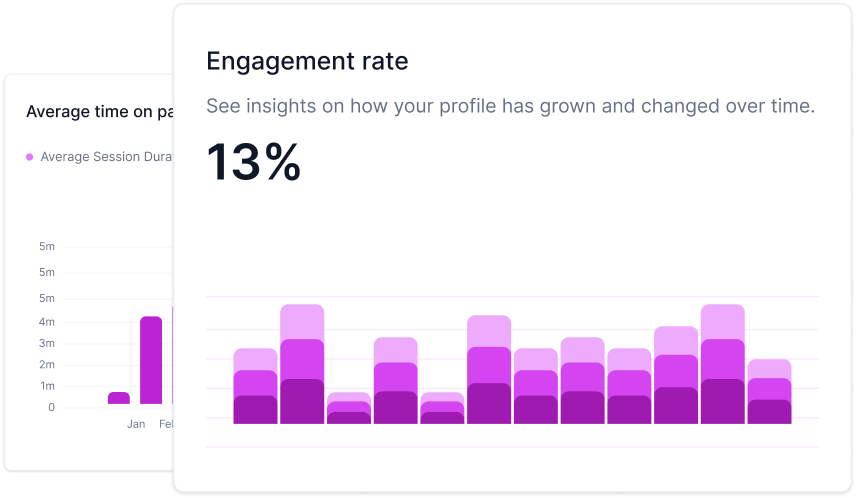What is a Chatbot?
A chatbot is a computer program or software application designed to simulate human conversation, typically through text-based or voice-based interactions. Chatbots are created to engage with users and provide information, answer questions, perform tasks, or offer assistance in a conversational manner. They are often used in websites, messaging apps, or customer service platforms to automate conversations and enhance user experiences. Chatbots can range from simple rule-based systems to sophisticated artificial intelligence-powered agents capable of understanding natural language and context.
How can I create and implement a Chatbot for my business or website?
Creating a chatbot might sound daunting, but it's more accessible than you think. Here's a simplified roadmap:
Step 1: Define Your Goals
- Decide what you want your chatbot to achieve. Is it for customer support, sales, or engagement?
Step 2: Choose a Platform
- There are various chatbot development platforms available, like Dialogflow, Microsoft Bot Framework, or chatbot builders offered by popular messaging apps like Facebook and WhatsApp.
Step 3: Design Conversational Flows
- Plan how your chatbot will interact with users. What questions will it ask, and how will it respond to different queries?
Step 4: Build and Test
- Depending on your chosen platform, you'll create and train your chatbot. Testing is crucial to iron out any kinks.
Step 5: Integrate
- Embed your chatbot into your website, app, or messaging platform. Make it easily accessible to users.
Step 6: Continuously Improve
- Regularly analyze user interactions and feedback to fine-tune your chatbot's responses and capabilities.
What are the practical applications and benefits of using Chatbots?
Chatbots are incredibly versatile and offer numerous benefits:
- Customer Support: Chatbots can handle routine customer queries 24/7, providing instant responses and freeing up human agents for more complex tasks.
- E-commerce: They assist shoppers in finding products, making purchase decisions, and completing transactions.
- Lead Generation: Chatbots can engage with website visitors, collect contact information, and qualify leads for your sales team.
- Appointment Booking: Some businesses use chatbots to schedule appointments or reservations, making it convenient for customers.
- Reduced Workload: They automate repetitive tasks, reducing human workload and potential errors.
- Cost Savings: By automating tasks and providing instant support, chatbots can lead to significant cost savings over time.
- Improved User Experience: Users appreciate the immediate responses and personalized interactions chatbots can provide.

